Huawei P60 Pro and Xiaomi 13 Ultra could change smartphone photography forever
Huawei and Xiaomi's latest phones bring smartphone photography one step closer to DSLR imaging
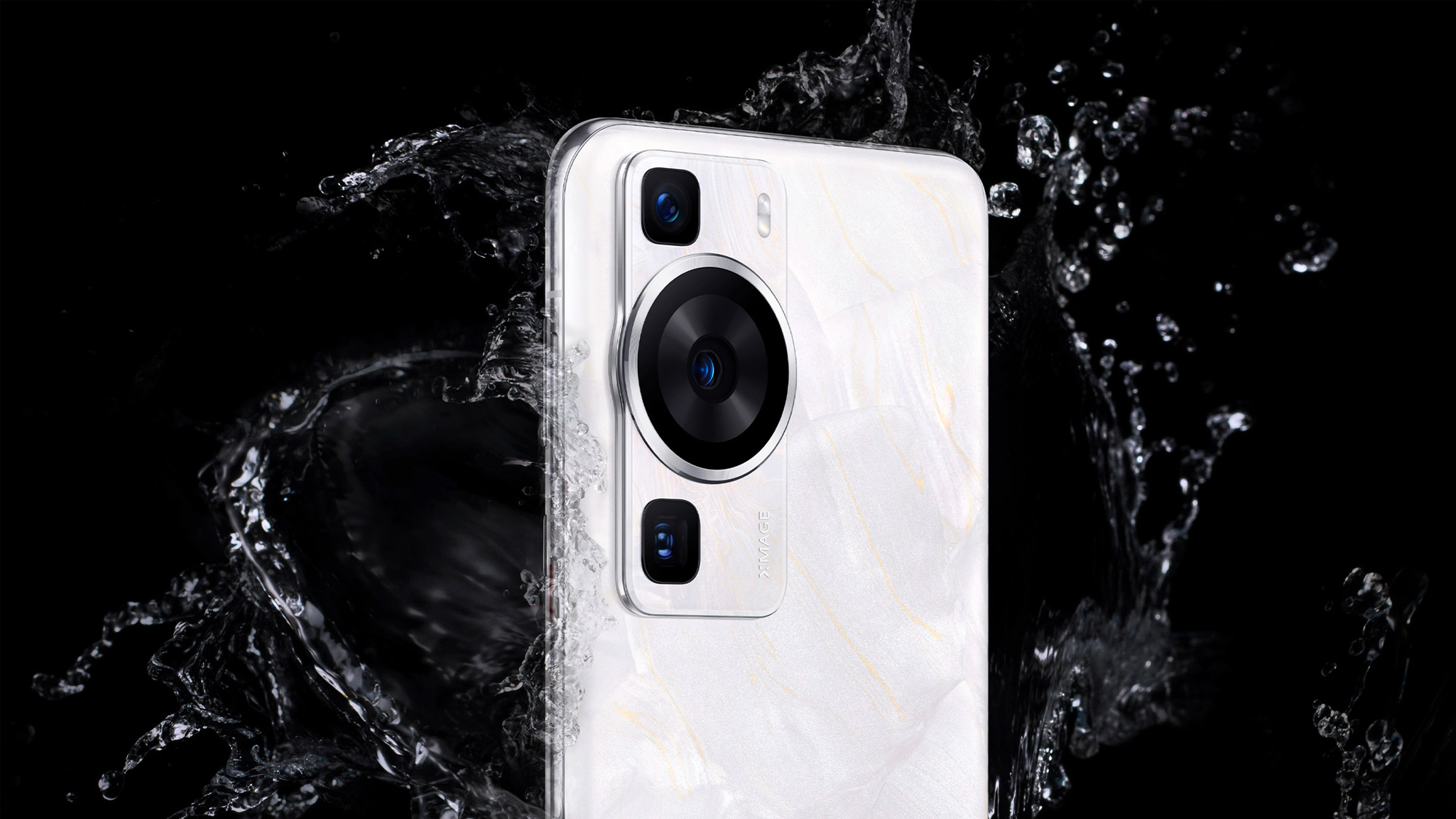
In 2018, Samsung launched the Galaxy S9, which had a camera feature that looked set to change the shape of smartphone photography forever – except it didn't.
With the S9’s small camera sensor, its photos missed the mark compared to the competition. Specifically, versus the Huawei P20 Pro – a phone that could turn night into day thanks to computational photography pioneered by Huawei – the S9 fell short.
And so, Samsung’s much-lauded, would-be killer feature was retired to the failure-to-launch Museum of Smartphone Misfires along with Nokia’s Xenon flashes and HTC’s lenticular 3D screens.
Fast forward to 2022/23, though, and both Huawei and Xiaomi are resurrecting this tech, each putting their own twist on it, and this time around, it’s doing exactly what we all hoped it would in 2018 – bridging the gap between smartphone and DSLR photography like never before.
What’s this revolutionary camera technology? A variable aperture.
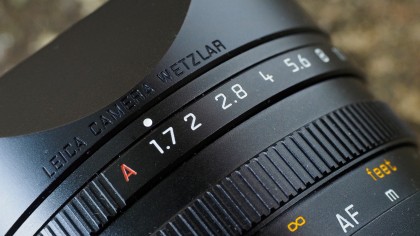
Aperture: Huawei’s wide open
Aperture refers to the amount of light a camera lens lets in. Think James Bond: the opening scene with the camera blades closing – that’s a camera changing its aperture.
If the f-number is low – f/2, for example, that means the lens has a wide aperture – the blades are open, so it’s letting lots of light in. The Huawei Mate 50 Pro and P60 Pro have the widest aperture of any smartphone at f/1.4.
If the f-number is higher – f/5, for example, that means the lens has a narrower aperture – the blades are more closed, so less light can shine through to the sensor.
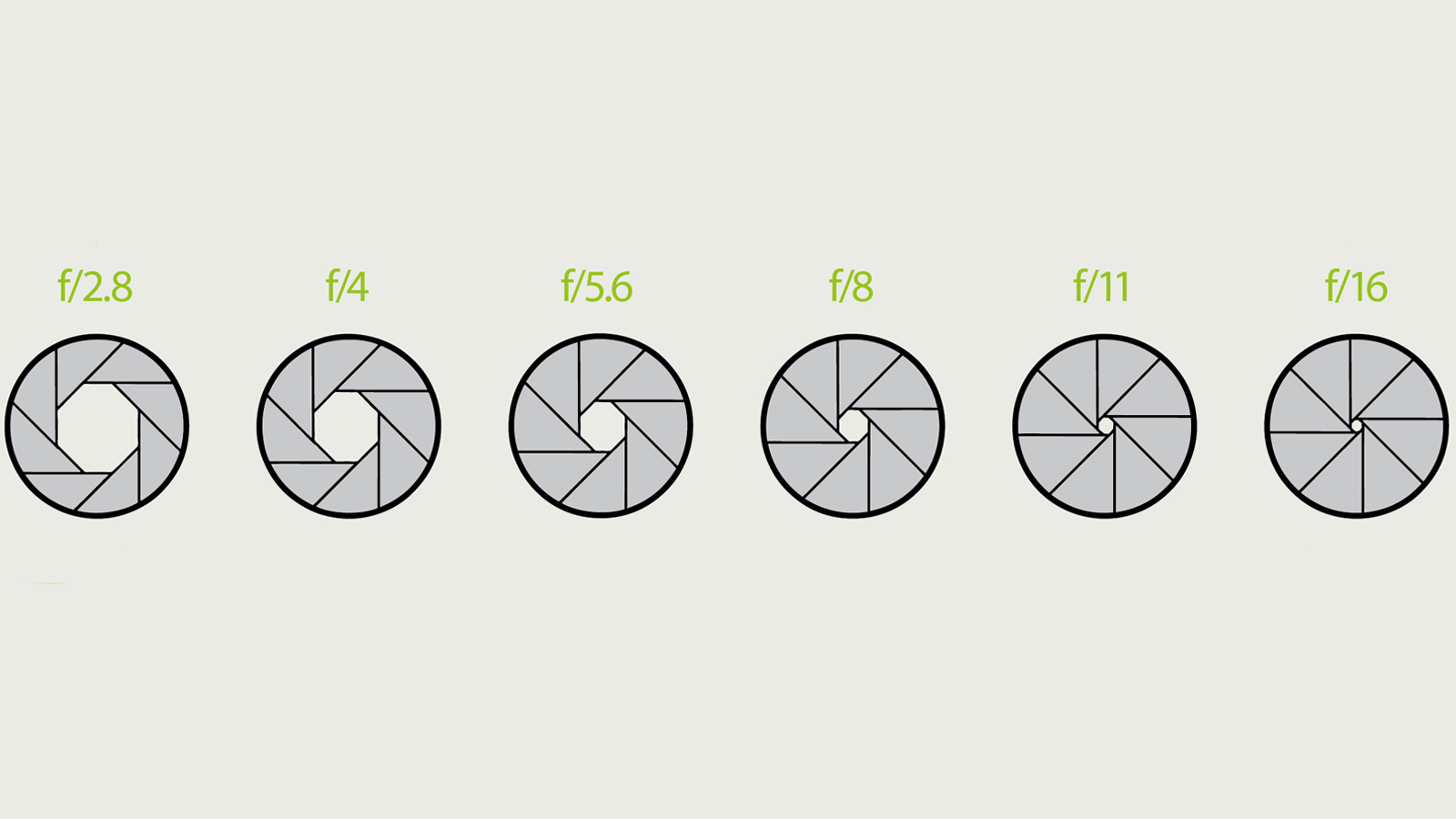
When a lens aperture is wide, it also loads up the image with specific characteristics.
These include brighter photos, making wide aperture shots better suited to lowlight photography. Another characteristic of a wide aperture lens is shallow depth of field. That means low aperture shots have more dramatic background blur.
Meanwhile, closed apertures let less light in so capture darker shots, and don’t generate quite so much background blur, so the higher the aperture, the more is in focus.
When you’re using a DSLR, you can control ISO (sensor sensitivity), shutter speed and aperture to make sure your photo looks as good as it can.
Until the Galaxy S9, traditional, candy bar smartphones didn’t let you change the aperture – giving you one less way to tune your photography. So why wasn’t a variable aperture a hit with the Galaxy S9 series?

In principle, Samsung did something very cool, adding a dual aperture that could switch between f/1.5 and f/2.4. This did have an impact on photos, but back in 2018, Samsung’s photo processing was trailing behind Huawei’s.
While a dual-aperture was a hardware solution, Huawei levelled up both its 2018 flagship’s hardware and software.
From a hardware point of view, the Huawei P20 Pro featured a much larger camera sensor than that of the S9 (1/1.7” versus 1/2.55”), so it was primed to take better pictures, even with its narrower aperture. And from a software point of view, Huawei also introduced the world to computational photography as we know it today, laying the foundation for Night Mode on pretty much every phone out now.
Ultimately, it didn’t matter how cool Samsung’s dual-aperture technology was; results didn’t translate to best-in-class photos, and Samsung shelved the tech in the Galaxy S10 series.
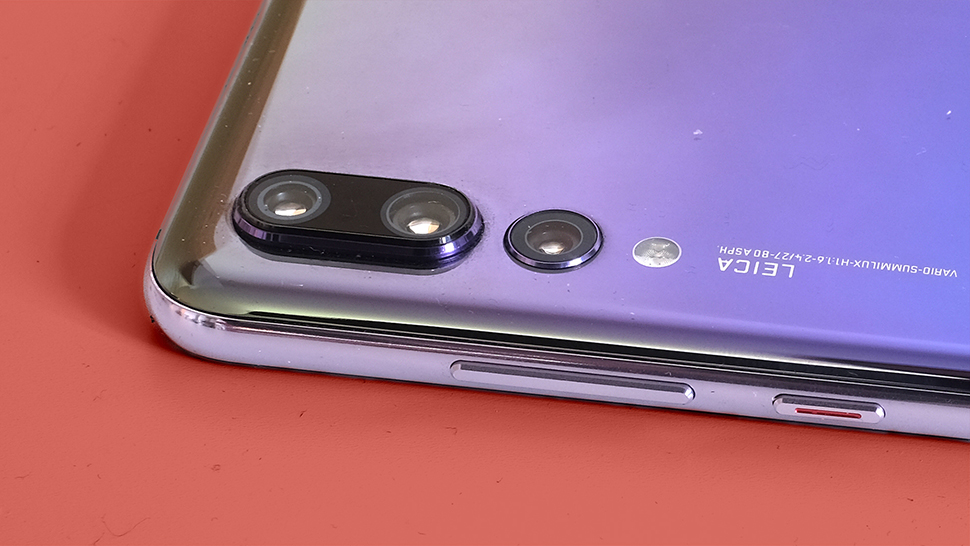
While Samsung’s tech featured a dual aperture, the Mate 50 Pro, and P60 Pro – which finally launched in the UK and Europe on May 9 – upgrade the variable aperture significantly in a few ways.
First, Huawei’s variable aperture covers more ground, going all the way from f/1.4 to f/4. This makes a more meaningful difference to photos, both when it comes to depth of field and long-exposure shots.
Second, Huawei doesn’t use a dual-aperture system, but offers 10 increments, so you can capture with much more nuance across the f/1.4 to f/4 range.
Finally, Huawei’s latest flagships sport large sensors – 1/1.55” (Mate 50 Pro) versus 1/2.55” (Galaxy S9).
Generally speaking, a larger sensor – like a wider aperture – boosts depth of field, creating more background blur, and also results in superior low-light performance.
Because of these factors, the variable aperture in the Huawei Mate 50 Pro and P60 Pro meaningfully go some way to bridging the gap between smartphones and DSLR imaging.
Sensors: Xiaomi goes big
It isn’t just Huawei that’s driving this innovation. Xiaomi has clearly had its sights set on dethroning Huawei as the number one mobile camera innovator over the last few years.
After announcing it was Leica’s exclusive smartphone partner of choice after Huawei and the iconic camera brand parted ways, Xiaomi launched the huge, 1-inch Sony IMX 989 sensor, which it co-funded with Sony and debuted on its Xiaomi 12s Ultra.
While the Xiaomi 12s Ultra didn’t launch outside China, we’ve seen its incredible sensor on phones like the Oppo Find X6 Pro and Vivo X90 Pro. It has almost all the characteristics of a premium compact camera like the Sony RX100. What’s missing? A variable aperture.
For 2023, therefore, it should come as no surprise that the Xiaomi 13 Ultra is launching with just that – a variable aperture that switches between f/1.9 and f/4, matched with that huge, 1-inch Sony sensor.
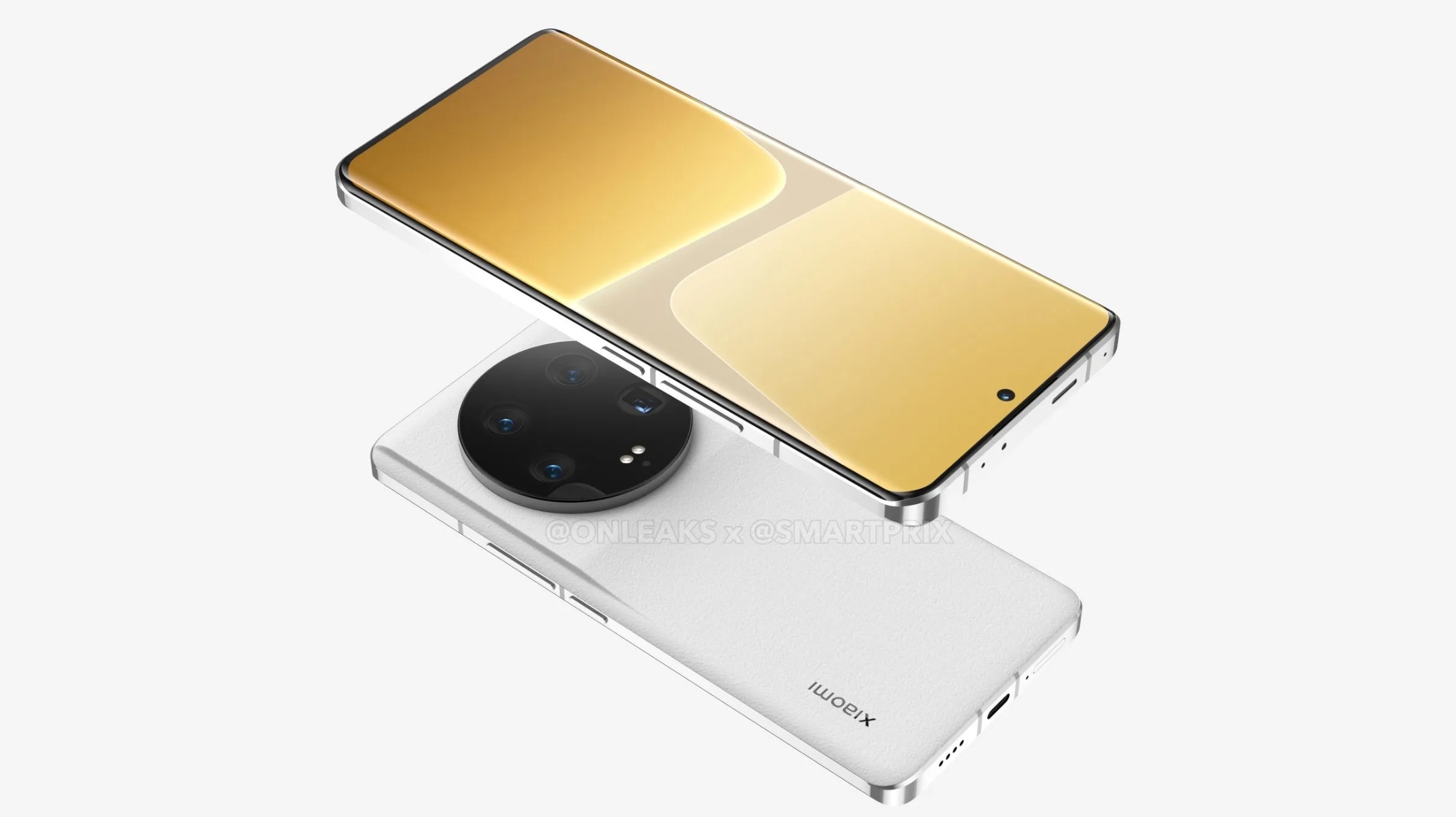
If the 1-inch sensor is so big, though, and is great at capturing low-light photos and shoots with a shallow depth of field, why would you need a variable aperture that switches to f/4? Because, on a phone, extreme, atmospheric background blur isn’t always what you want.
We’re all using our phones as multi-purpose cameras, capturing portraits and landscape photography, and scanning documents with them, too. But with a wide aperture and a huge sensor, there’s a good chance, if you take a picture of a bank statement or your passport, only half will be in focus – that's not the goal.
Xiaomi doesn't need Huawei's 10-point variable aperture to get the most notable benefits for its sensor, which explains why it's gone the Samsung Galaxy S9 route, giving you the choice between a wide f/1.8, and narrower f/4, and nothing in between.
What's next?
The Huawei P60 Pro has only just launched globally, and the Xiaomi 13 Ultra isn't yet available on general release at the time of writing this, but it’s pretty obvious that a combination of both Huawei and Xiaomi’s approach would be the next step in smartphones’ aperture journey.
Whether that means the Huawei P70 bumps up its sensor size to 1-inch, or the Xiaomi 14 Ultra lens has a wider, f/1.4 aperture with even more selectable points across its range, remains to be seen.
Before we can applaud the tech too much, therefore, check back for our reviews of both to see if they end up being over-egged updates to an over-egged innovation, or two of the best camera phones we’ve ever tested.
Get daily insight, inspiration and deals in your inbox
Sign up for breaking news, reviews, opinion, top tech deals, and more.
Basil Kronfli is the Head of content at Make Honey and freelance technology journalist. He is an experienced writer and producer and is skilled in video production, and runs the technology YouTube channel TechEdit.
